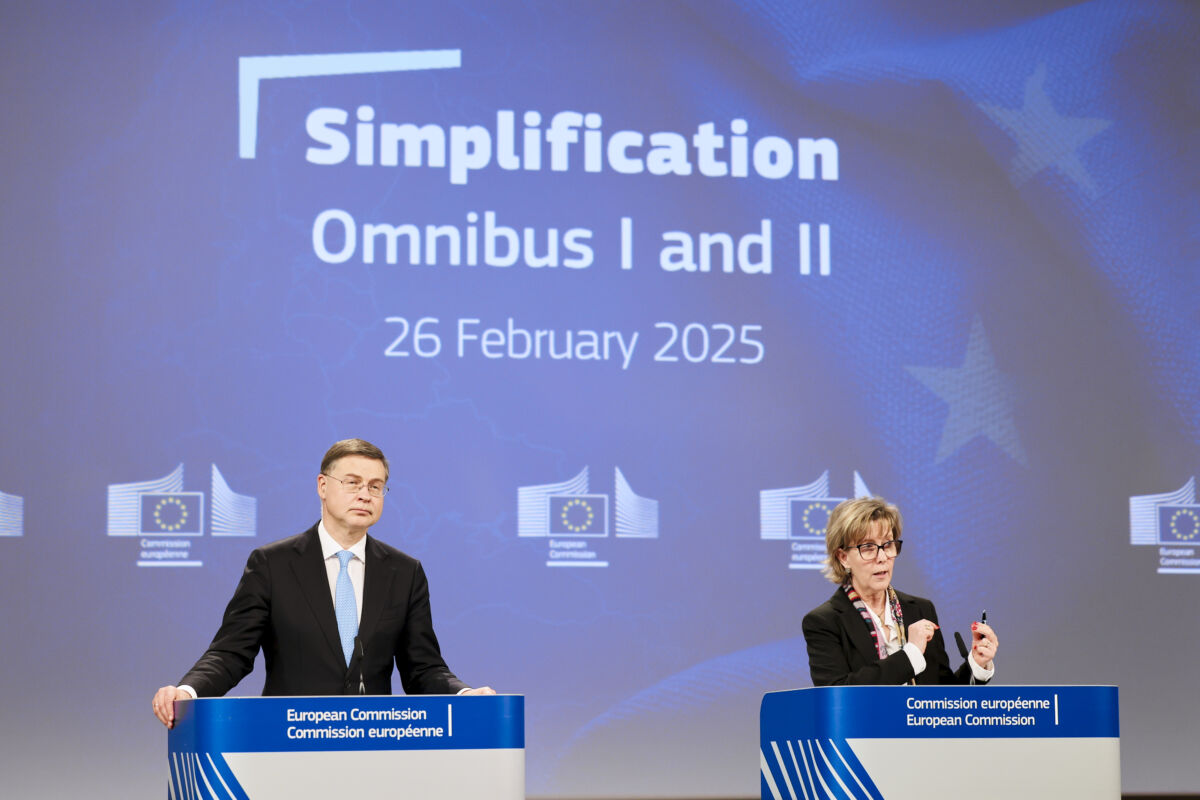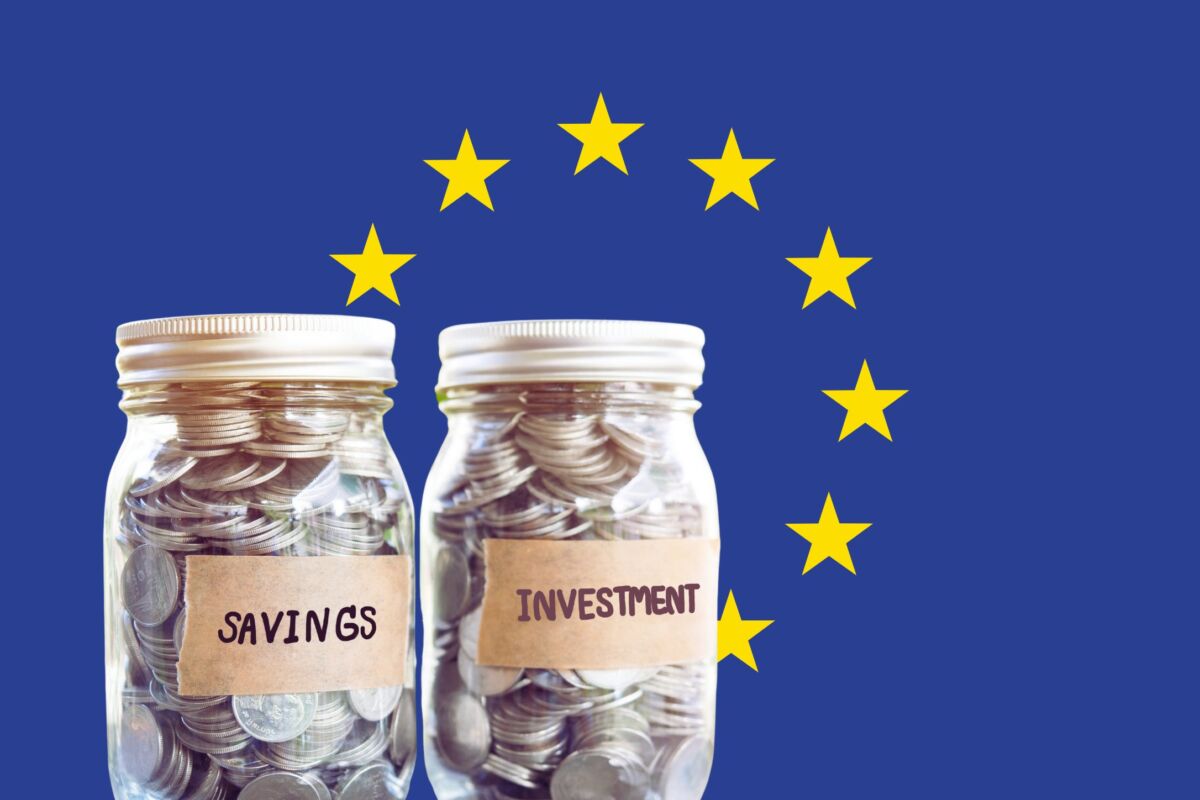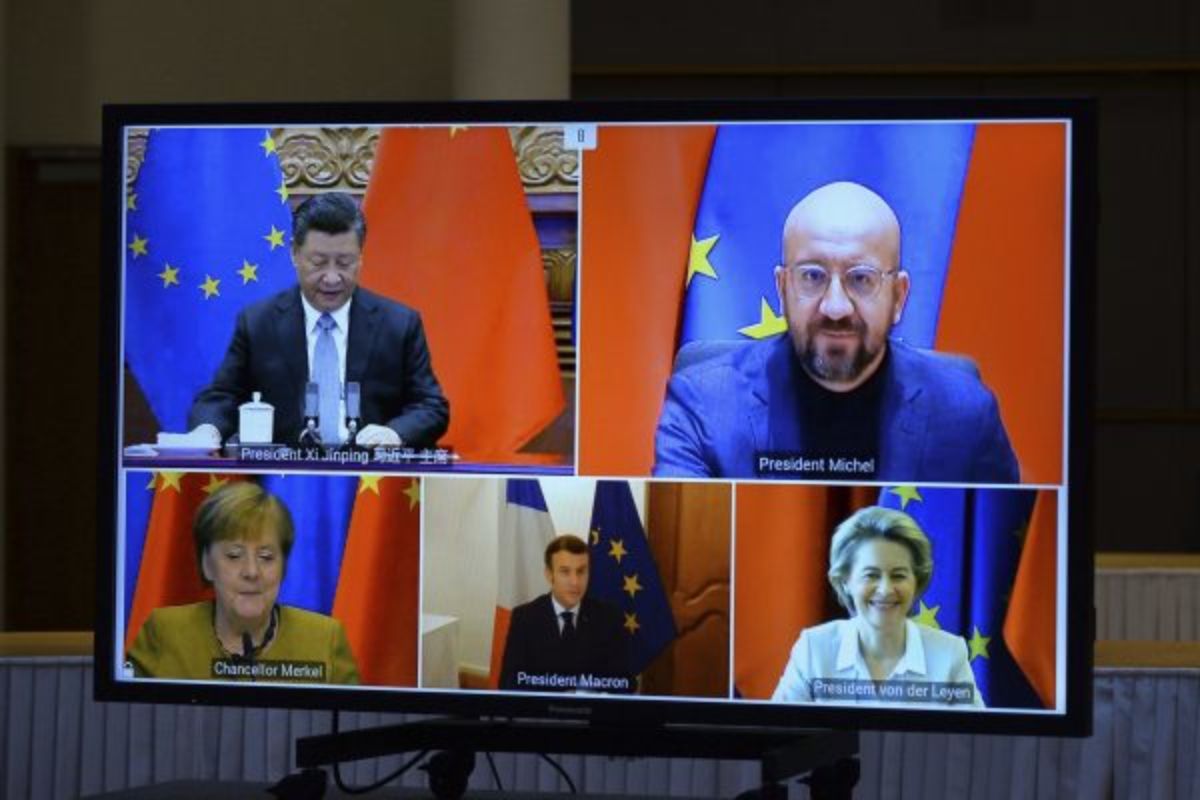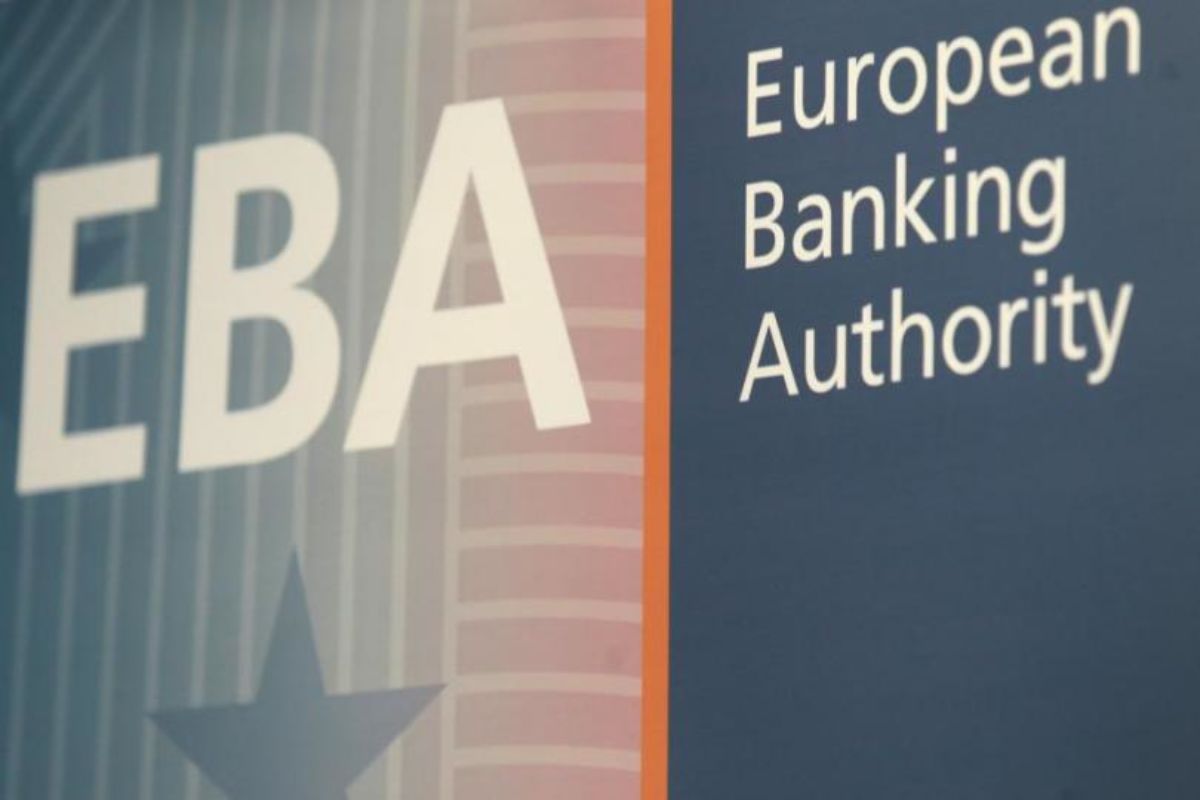As the von der Leyen Commission reflects on how to strengthen market finance in Europe, global markets are moving on. While the first five years of the Capital Markets Union (CMU) have underlined the necessity of the project, and some new rules have been introduced, no significant change has occurred in market financing. European capital markets remain very fragmented, the participation of retail investors through funds is still limited and hindered by high costs, and the attractiveness for start-ups has not increased. This was exemplified by the US listing of the European firm Spotify in April 2018. These inefficiencies place Europe at an increasing disadvantage compared to other international markets.
In several reports published in recent months, a consensus exists on the need for more market finance for start-ups, the importance of well-functioning channels to allow households to invest long term, the crucial role of government bond markets, including for green finance, and the need for interconnected EU markets. However, it remains to be seen if the EU can achieve these objectives.
In Europe’s overbanked markets, there is no sense of urgency to develop other financing channels for start-ups. It does not seem to be appreciated that market finance is entirely different from bank finance. Many of the well-capitalised US or Asian start-ups would never have got where they are without market finance – they would never have passed a bank’s credit committee – and many of them are still barely profitable. Market finance, an entirely different form of risk sharing, is severely lacking in Europe today. It is doubtful whether an EU SME IPO fund, as proposed by President von der Leyen, will change this.
A second element is the supply of household assets for long-term savings, or the availability of attractive schemes to ensure decent revenues for the old age. While there is a price war in the US between large institutional investors with fees of around 20 basis points, the average in Europe is 10 times higher, if not more. Providing an annual return of about 3-4% should not be a problem, but European households are frightened by the high cost of funds, or their oversupply as a result of dispersed markets. Governments should be obliged to provide a structure for large-scale long-term saving products, as exists in some Nordic countries. It is not sure whether the recently approved Personal European Pension Product (PEPP), approved as part of the CMU programme, will fill that void, as too much diversity is left in place (as I argued before in this piece).
A more integrated government bond market is a third important element for generating scale but is a taboo. Europe’s primary bond markets are still fully regulated at national level, and their functioning differs widely from member state to member state. On top of that, the related settlement systems, where participants in primary bond markets need to deposit collateral or leave securities in a custody account, are widely dispersed. This affects the liquidity and attractiveness of these markets, which are a crucial underpinning of capital markets. A large and homogeneous European risk-free safe asset would reduce banks’ exposure to national sovereign bonds and thus facilitate the completion of the banking union, facilitate the smooth and symmetric transmission of monetary policy, and create a benchmark for CMU.
A final element is the dominance of national supervisors in capital markets, which maintains a strong home bias, and continues to make pan-European IPOs very difficult, for example. Today, for an equity offering to be allowed in another member state (i.e. not the company’s home country), it requires the authorisation of the host supervisor, which in practice means additional requirements, and interference by 26 or more authorities. With the UK – Europe’s largest capital market by far – leaving the EU soon, fragmentation will only increase if no urgent measures are undertaken.
CMU’s future depends on a clear plan to achieve more European market finance. Whether this will emerge or not, it remains to be seen. But time is running out.
Also published as ECMI commentary here.




































